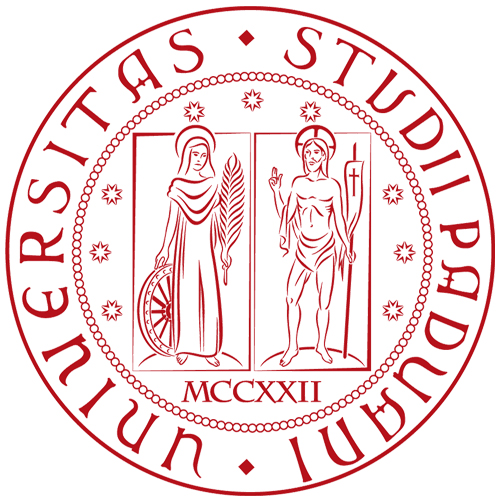
PHRC049 : Dedication to Arsinoe Philadelphos, Philoteria - Koile Syria (261-240 BC) Dedication
Permanent ID http://s.phrc.it/phrc049
Images
Photo 1: Photo and drawing of the stone, from Tal 2019

This limestone plaque from Philoteria (modern Bet Yerah, on the See of Galilee) has recently enriched the large corpus of inscriptions bearing the dedication ‘Of Arsinoe Philadelphos’ with the first known specimen from Koile Syria. The Hellenistic settlement, which was provided with an anchorage and fortifications, was founded on an existing site in the second fourth of 3rd cent. BC in honour of the sister of Ptolemy II and Arsinoe II, Philotera (Cohen 2006, 273-274; Müller 2006, p. 210, no. 84). Tal 2011, p. 243-244 argues in favour of a more precise date for this foundation, 261/0 BC, which moves the terminus post quem of the dedication about a decade after the death of Arsinoe.
The new plaque informs us that the cult of Arsinoe Philadelphos reached Koile Syria as the rest of the Eastern Mediterranean (Egypt, the coasts and islands of the Aegean Sea, Cyprus and the southern coast of Anatolia; see also commentary to PHRC002). The link between the cult of Arsinoe and navigation is confirmed in Philoteria, even though in this case the settlement where the dedication has been found was situated on the coast of a salt lake. Commercial activities involving Ptolemaic agents are well known in this area thanks to the Zenon archive, which dates to the period when this dedication was made (Orrieux 1985, 152-163). The material of the support and the modest quality of the inscription point to an unofficial dedication. The rarity of this type of evidence in the area may suggest that this was not common practice in Koile Syria; our specimen possibly stems from the initiative of an external agent having brought this habit into the region.
Tal 2019, p. 183-184 considers but prudently rejects the hypothesis that the fragmentary head of a statuette with kalathos and stephane previously found nearby the find spot of the inscribed plaque (Institute of Archaeology, Hebrew University, Inv. No. HUJU 1562; Tal 2019, p. 184) might depict the deified Arsinoe as Isis-Tyche. While a link between Arsinoe Philadelphos and Tyche is indeed documented by the Alexandrian oinochoai and possibly confirmed by the Philadelpheion in Delos (see PHRC036), it is more probable that the sculptural find from Philoteria belongs to the Roman period and should more prudently not be interpreted in association with the dedication for the Ptolemaic queen.



